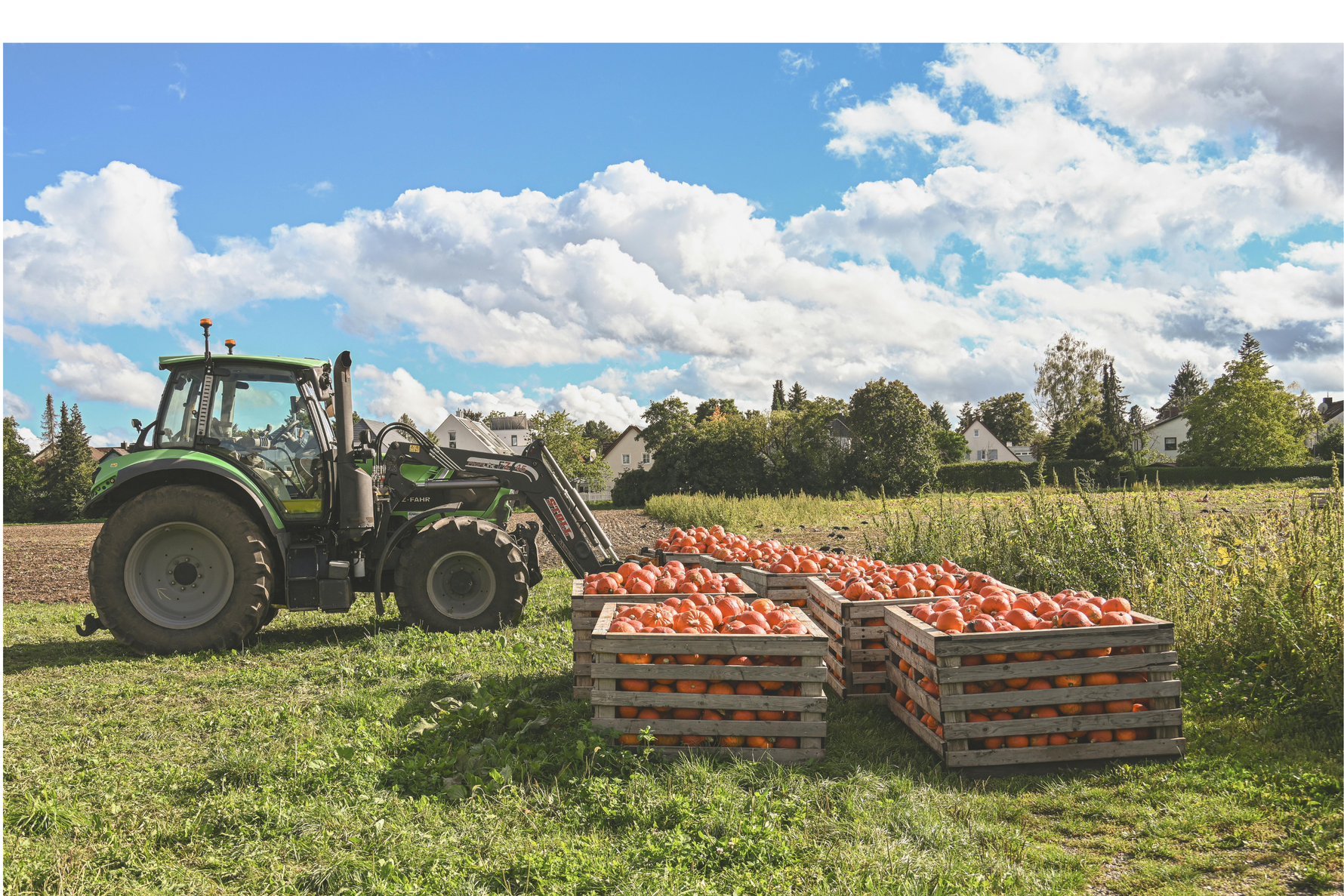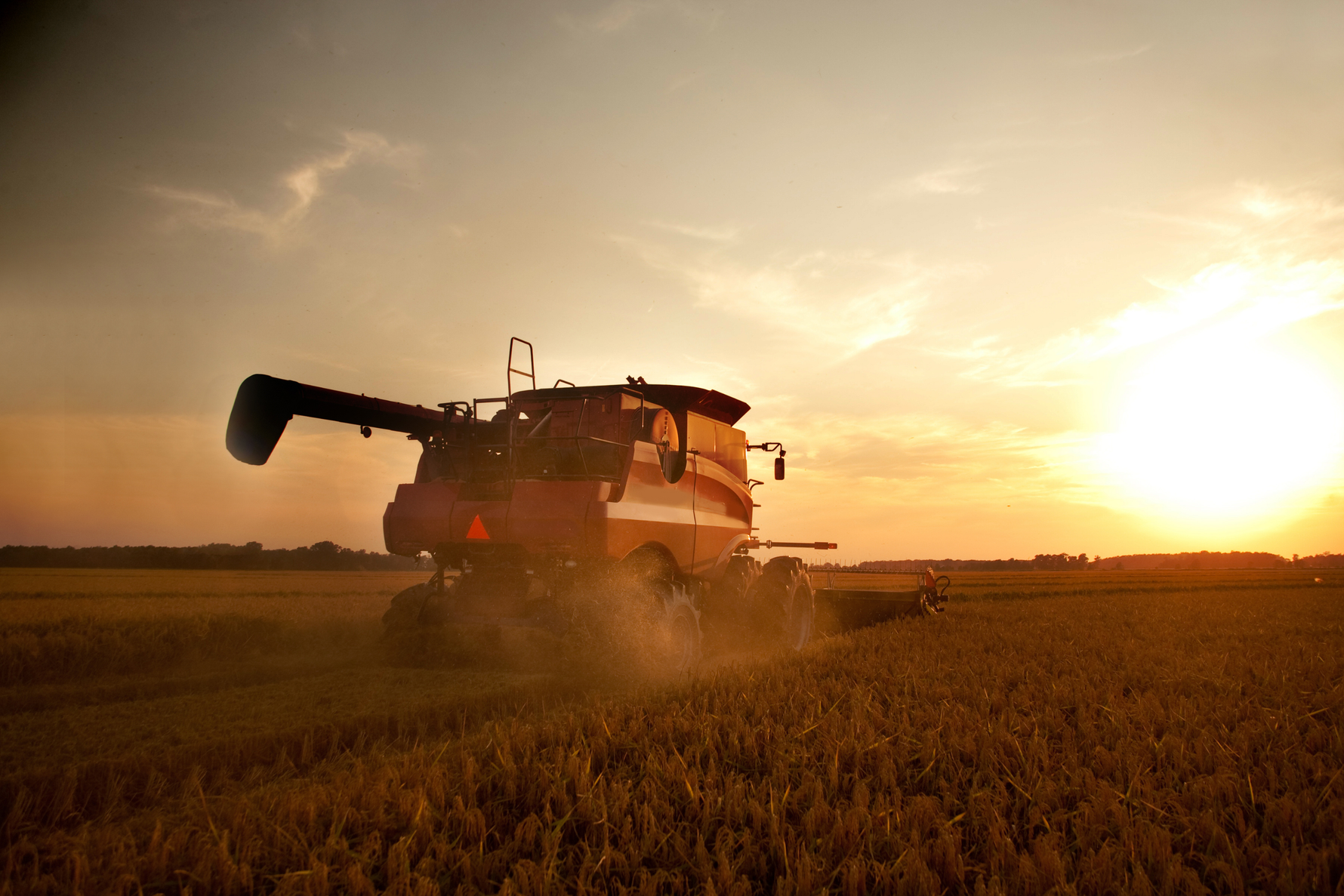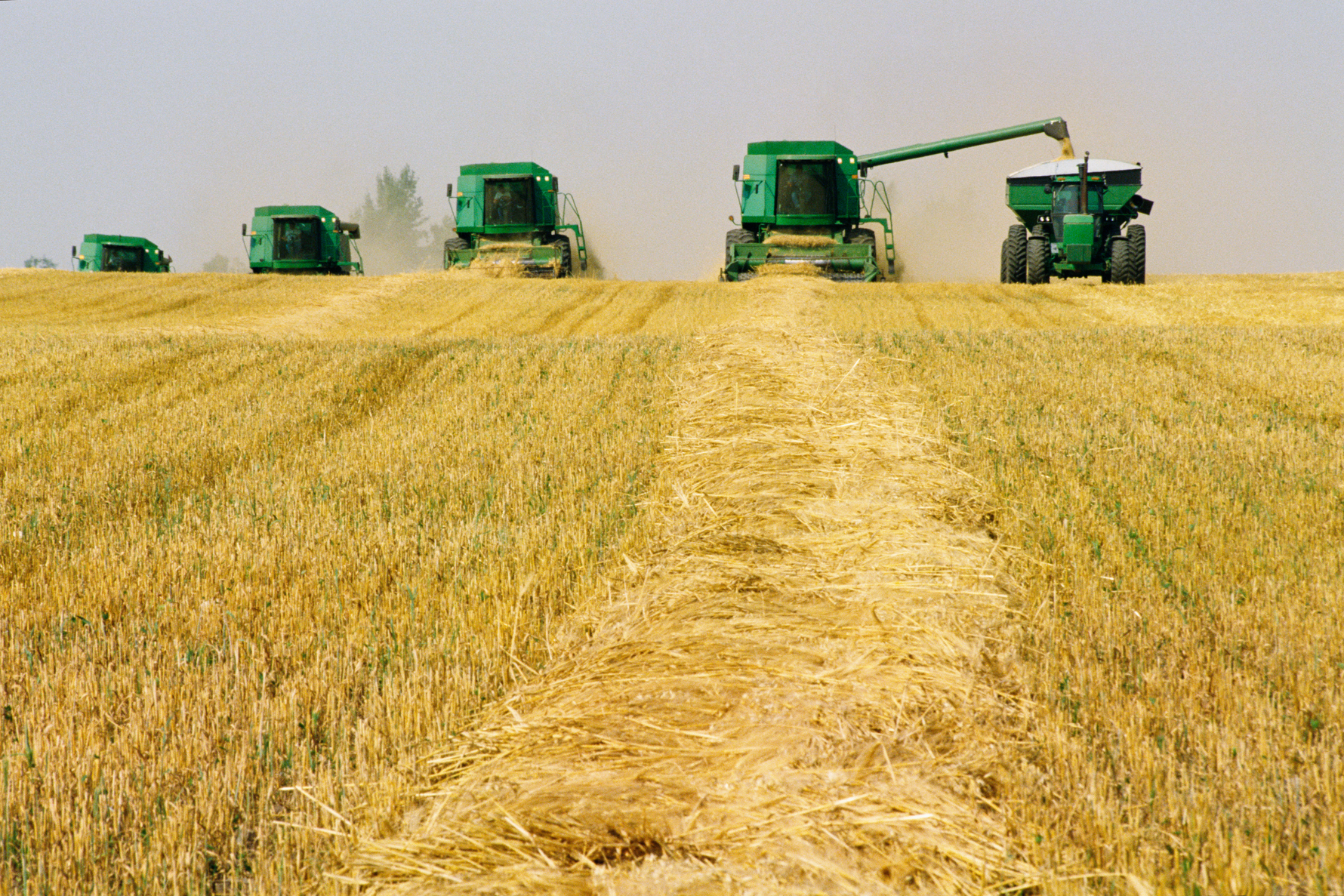
Features to Look for in Cellular Cameras
In the vast expanses of rural and commercial agriculture, security and productivity are paramount. Remote monitoring systems, particularly cellular trail cameras, play a crucial role in achieving these goals.
But what exactly is a cellular trail camera?
Simply put, it's a game changer. This smart security solution leverages cellular networks to transmit images and videos from remote locations directly to your device. It's like having an extra set of eyes on your property, even when you're miles away.
However, not all cellular trail cameras are created equal.
The market is flooded with a myriad of options, each boasting unique features and specifications. For the uninitiated, this can be overwhelming. Understanding the technical jargon and intricate features can be a daunting task.
That's where we come in.
This comprehensive guide aims to simplify the complex world of cellular trail cameras. We'll break down the key features to look for, from image quality and trigger speed to battery life and weather resistance.
By the end of this guide, you'll be well-equipped to make an informed decision. You'll be able to choose the best cellular trail camera that suits your specific needs, boosting the safety and productivity of your operations.
Let's dive in.
Understanding Cellular Trail Cameras
Cellular trail cameras have revolutionized remote monitoring, especially in vast agricultural landscapes. They merge traditional camera functionalities with cellular network capabilities. This combination ensures that images and videos captured by the camera are promptly sent to your mobile device.
This innovation offers immense advantages for farm and property management. You can monitor wildlife, deter trespassers, and safeguard valuable assets, all from afar. Cellular trail cameras outperform basic game cameras, which often rely on manual retrieval for data review.
When selecting a cellular trail camera, it's essential to focus on key attributes.
These include:
-
Image quality and resolution
-
Trigger speed and recovery time
-
Detection range and field of view
-
Battery life and power options
-
Weather resistance and durability
Each feature plays a significant role in the camera's overall performance and reliability. Image quality, for instance, influences clarity and detail, crucial for identifying threats or observing wildlife. Understanding the nuanced benefits of each feature can ease the decision-making process.
We aim to provide clear, concise explanations of these features. Our guide demystifies the technology behind cellular trail cameras, enabling you to make a confident investment for your property’s security and productivity.
What is a Cellular Trail Camera?
Cellular trail cameras serve as advanced surveillance devices equipped with cellular connectivity. Unlike traditional trail cameras, these devices wirelessly transmit images and videos via cellular networks.
This capability allows real-time monitoring of remote and expansive areas. Farmers can receive updates directly on their smartphones or computers. It's a seamless integration of modern technology with practical applications in agriculture.
The primary appeal of cellular trail cameras is their convenience. They eliminate the need to physically retrieve memory cards for image access. This feature saves time and enhances security, providing quick responses to potential threats.

How Do Cellular Trail Cameras Work?
Cellular trail cameras function by utilizing a SIM card to connect to a cellular network. When the camera detects motion, it captures and sends images or videos to your chosen device. This real-time alert system is invaluable for monitoring large, remote properties.
The cameras often incorporate motion sensors and infrared technology for low-light conditions. This ensures consistent performance, day or night. The ability to transmit data over vast distances sets these cameras apart from conventional models.
For rural settings, this connectivity is a game-changer. It provides uninterrupted access to surveillance data without relying on local networks. This ensures that surveillance efforts remain unhindered by distance or location.
Key Features of the Best Cellular Trail Cameras
To choose the best cellular trail camera, consider its key features. These aspects are crucial to its performance in various settings. Understanding these features can make your decision clearer and more informed.
Image quality and resolution are perhaps the most critical factors. High resolution ensures clear and detailed images, allowing for better identification of intruders or wildlife.
The camera’s trigger speed and recovery time can also be pivotal. Fast trigger speed captures crucial moments instantly, while quick recovery time ensures it's ready for the next detection.
Detection range and field of view impact how much area your camera can cover. A wider range and view ensure you don't miss significant activities.
Battery life and power options are equally significant for lasting surveillance. Efficient power usage can prolong battery life, saving time and maintenance efforts.
Moreover, consider the camera's weather resistance and durability. This ensures it performs reliably in harsh conditions, safeguarding your investment against the elements.
Understanding storage options and cloud services is also beneficial. They determine how images and videos are stored and accessed, which can affect your camera's usability and efficiency.
Image Quality and Resolution
Image quality is vital for identifying objects or creatures caught on camera. The best cellular trail cameras typically offer high resolution. This allows you to distinguish features clearly, even from afar.
Top-quality images can make the difference in recognizing potential threats. Grainy or low-resolution images might leave crucial details obscured, resulting in missed opportunities to respond appropriately.
Trigger Speed and Recovery Time
Trigger speed refers to how quickly a camera takes a picture after detecting motion. A camera with fast trigger speed won't miss fast-moving subjects. It ensures that any movement, whether animal or human, is promptly captured.
Equally important is the camera's recovery time, which is the duration between shots. A quick recovery time enables the camera to capture multiple events in sequence without delay.
Look for a camera with a trigger speed under one second. Pair that with a fast recovery time for seamless, continuous surveillance. This ensures you'll never miss critical activity due to lag.
Detection Range and Field of View
The detection range dictates how far away motion can be detected by your camera. A greater range means your camera can monitor a larger area, enhancing its overall effectiveness.
Field of view describes the width of the area that the camera lens can cover. A wider field of view captures more of the scene, reducing the chances of missing side actions.
Together, these elements define the surveillance capabilities of a trail camera. Strive to choose a model with both an extensive range and broad field of view for optimal coverage.
Battery Life and Power Options
A camera's longevity in the field depends significantly on battery life. Short battery life can lead to frequent replacements, increasing time and effort.
Consider cameras offering extended battery life, ideal for uninterrupted monitoring. Many models now support solar options for sustainable energy solutions.
Explore models with dual power options: battery and solar. This combination provides reliability, particularly in remote locations, ensuring constant vigilance without frequent interventions.
Weather Resistance and Durability
Your cellular trail camera faces diverse and extreme weather conditions. Weather resistance guarantees the camera's performance doesn't wane under harsh elements.
A durable camera withstands wind, rain, and other environmental challenges. This aspect helps safeguard your investment, providing reliable performance over time.
Check for models with high IP ratings. A high IP rating indicates superior dust and water resistance, essential for outdoor use in rural settings where conditions can be unpredictable.
Storage Options and Cloud Services
Secure and efficient storage solutions are paramount for cellular trail cameras. Onboard SD cards offer a local storage option, but cloud services enable remote access.
Cloud storage ensures your data is safe, even if the camera is damaged or stolen. It provides easy access to images and videos from any location.
Look for a camera with both local and cloud storage capabilities. This dual approach provides flexibility and security, making data retrieval simple and reliable.
Advanced Features for Enhanced Monitoring
When selecting a cellular trail camera, advanced features can significantly enhance monitoring capabilities. These features often define the leading-edge cameras that provide seamless functionality and offer peace of mind.
GPS tagging and geolocation make tracking your camera’s location straightforward. They allow you to pinpoint exactly where the images were captured, adding a layer of context to your data.
Infrared (IR) flash technology ensures your camera captures clear images even in complete darkness. It works without scaring away wildlife or alerting intruders, making it an essential feature for discreet operations.
Remote access and mobile alerts serve as the backbone for real-time monitoring. They enable you to receive instant updates and access footage on-the-go, ensuring you’re always informed of what happens around your property.
Consider these key advanced features for superior performance:
-
GPS tagging for precise location monitoring
-
Infrared flash for effective night surveillance
-
Real-time remote access and mobile alerts
These technologies add depth to your surveillance efforts, ensuring you have a robust system to secure your rural properties effectively.
GPS Tagging and Geolocation
GPS tagging provides a strategic advantage in trail cameras by recording the exact location of each capture. It allows users to track movement patterns over time, providing valuable insights.
Geolocation features enhance security by pinpointing the camera's exact placement. This capability is especially useful in large-scale agricultural settings where precise monitoring is essential.
Infrared (IR) Flash Technology
Infrared flash technology is vital for capturing images at night or in low-light conditions. This technology uses invisible light, keeping both wildlife and intruders unaware.
Without the visible flash, the camera remains undetectable, making it perfect for continuous monitoring. It ensures detailed images, regardless of the time, without drawing attention.
Remote Access and Mobile Alerts
Remote access allows you to operate your camera from anywhere. By using a smartphone or laptop, users can view footage, adjust settings, and receive vital updates.
Mobile alerts keep you informed of any motion detected, helping you respond quickly to any events. This feature provides proactive security, ensuring you are always connected and aware.
Connectivity and Network Considerations
When choosing the best cellular trail camera, connectivity and network reliability are crucial. A camera’s connection ensures consistent data transfer, which is vital for real-time monitoring.
Different cellular networks have varying coverage strengths. Thus, it's essential to assess the best fit for your location, especially in rural areas.
Consider these factors for optimal network performance:
-
Coverage: Ensure your camera can transmit data reliably.
-
Network compatibility: Confirm the camera supports the bandwidth of the most popular carriers in your area.
-
Signal strength: Assess antenna capabilities for remote areas.
A dependable connection contributes to a seamless monitoring experience, keeping your property under constant watch.
Network Reliability and Coverage
In rural settings, network reliability is paramount. The terrain can affect signal strength, which impacts data transmission efficacy.
A strong, reliable network ensures your trail camera stays connected. Selecting a camera with robust antenna features aids in maintaining connectivity in challenging environments.
Data Plans and Connectivity Costs
Understanding data plan requirements prevents unexpected costs. Cellular trail cameras transmit images and videos over data networks, which can accrue fees.
Select a plan that matches your needs. Consider data rates, transmission frequency, and image quality to balance costs against requirements, avoiding unnecessary expenses.
Integration with Smart Farm Technologies
Integrating cellular trail cameras with smart farm technologies can significantly boost agricultural efficiency. These cameras can interface with existing systems to offer comprehensive coverage.
By linking with IoT devices, cameras provide real-time data to centralized platforms. This feature aids in seamless decision-making and swift responses to potential threats or issues.
Moreover, smart integrations allow for automated processes. For instance, a camera detecting movement can trigger alerts or activate other security measures, enhancing overall security and operational productivity.

Choosing the Right Brand and Model
Selecting the right brand and model for cellular trail cameras is vital. Each brand offers unique features that cater to specific needs.
Before making a purchase, review the brand's reputation. Established brands often ensure reliability and superior customer service.
Additionally, explore customer feedback. Honest reviews can provide insight into real-world performance and potential issues.
When comparing models, prioritize features that align with your requirements. Consider aspects such as durability, ease of use, and compatibility with existing technologies.
Here are some key points to consider:
-
Signal Strength: Opt for models that offer robust cellular connectivity.
-
Camera Durability: Ensure the design can withstand harsh environmental conditions.
-
Storage Capacity: Models with large storage options or cloud services are preferable.
-
Alert Systems: Look for cameras that provide prompt mobile notifications.
Brand Reputation and Customer Reviews
A brand's reputation can be a strong indicator of product quality. Reputable brands usually deliver reliable and high-performing cameras.
Exploring customer reviews is invaluable. Feedback from others who have purchased a trail camera can inform your decision.
Positive reviews often highlight long battery life, clear images, and easy installation. Conversely, repeated negative comments about connection issues or short lifespan should be red flags.
Performance and Feature Comparison
When comparing cellular trail cameras, focus on performance metrics. Trigger speed and resolution are crucial for capturing clear, timely images.
Each model offers different features. Some highlight advanced night vision, while others excel in power efficiency.
Performance comparisons help you identify which camera is most suited for your specific needs. Consider factors such as detection range and data storage options.
Balancing feature sets with your budget ensures you get the best value. Investing in a camera that meets your unique needs can significantly enhance security and monitoring capabilities.
Barn Owl Cellular Trail Cameras: A Trusted Solution for Remote Monitoring
Barn Owl specializes in providing reliable, off-grid surveillance solutions tailored for agricultural and rural settings. Their range of cellular trail cameras offers high-resolution imaging, customizable alerts, and robust durability, ensuring your property remains secure and well-monitored.
Integrating Barn Owl's cellular trail cameras into your monitoring system can enhance security and streamline the management of your agricultural operations.

Conclusion and Call-to-Action
Investing in the best cellular trail camera enhances your property's security and efficiency. By understanding the critical features and choosing the right model, you position your agricultural business for success.
Now is the time to act. Evaluate your specific needs and explore the leading camera options. Enhance your remote monitoring setup today and secure your property with state-of-the-art technology. Ready to take the next step? Explore our comprehensive selection of trail cameras and elevate your property's security to new heights at Barn Owl Cellular Cameras – Barn Owl Tech.
Barn Owl's user-friendly interface and comprehensive product descriptions make it easy to find the perfect surveillance solution for your needs.
Share



